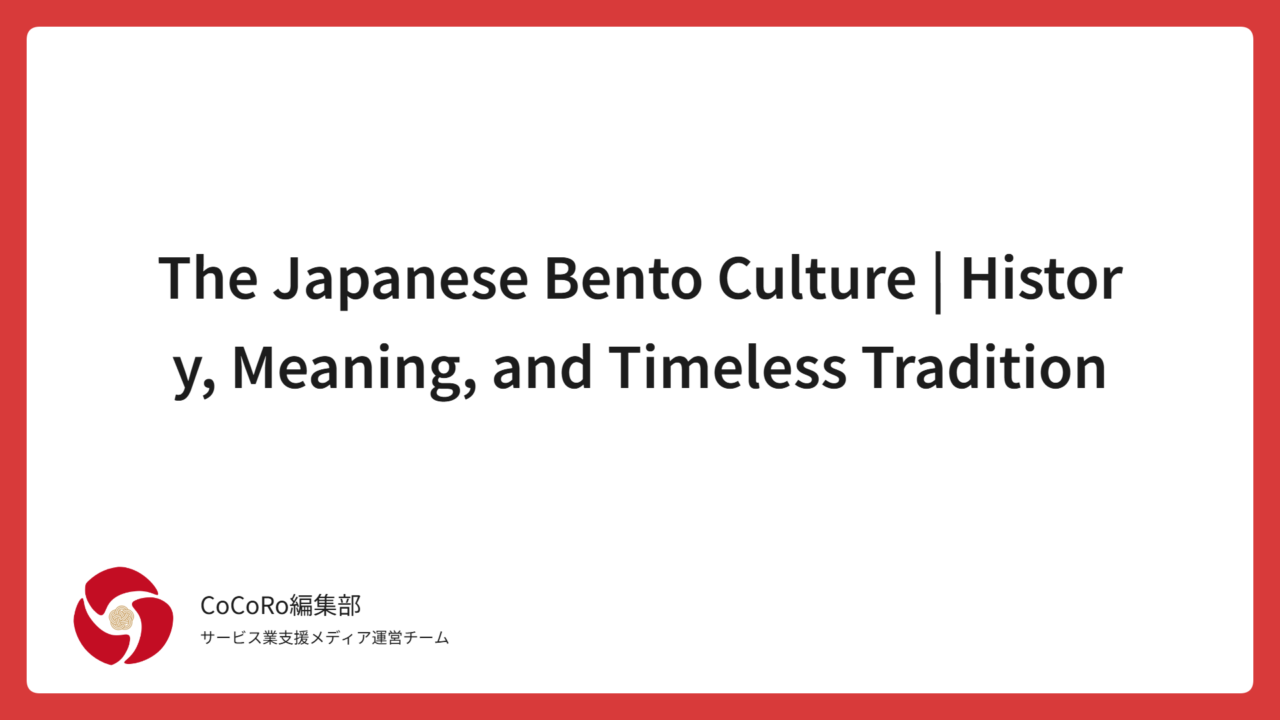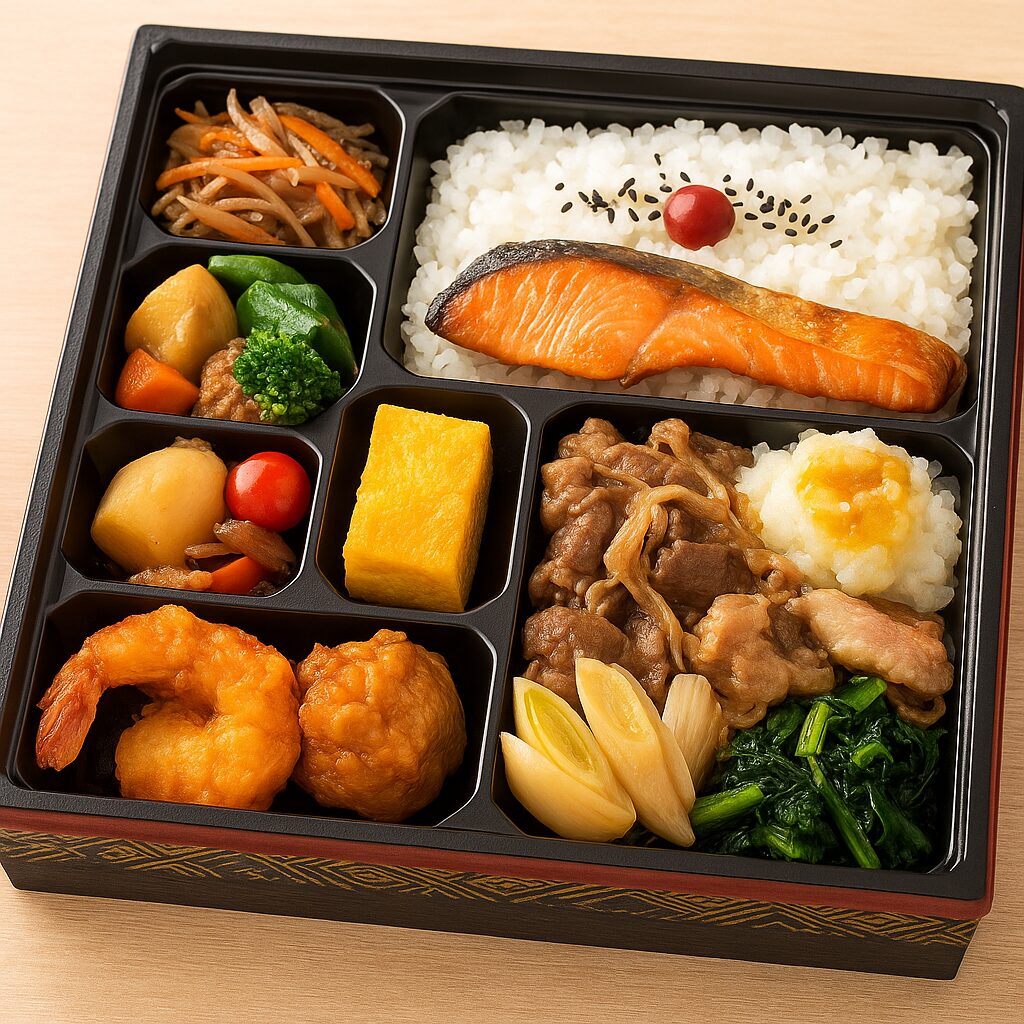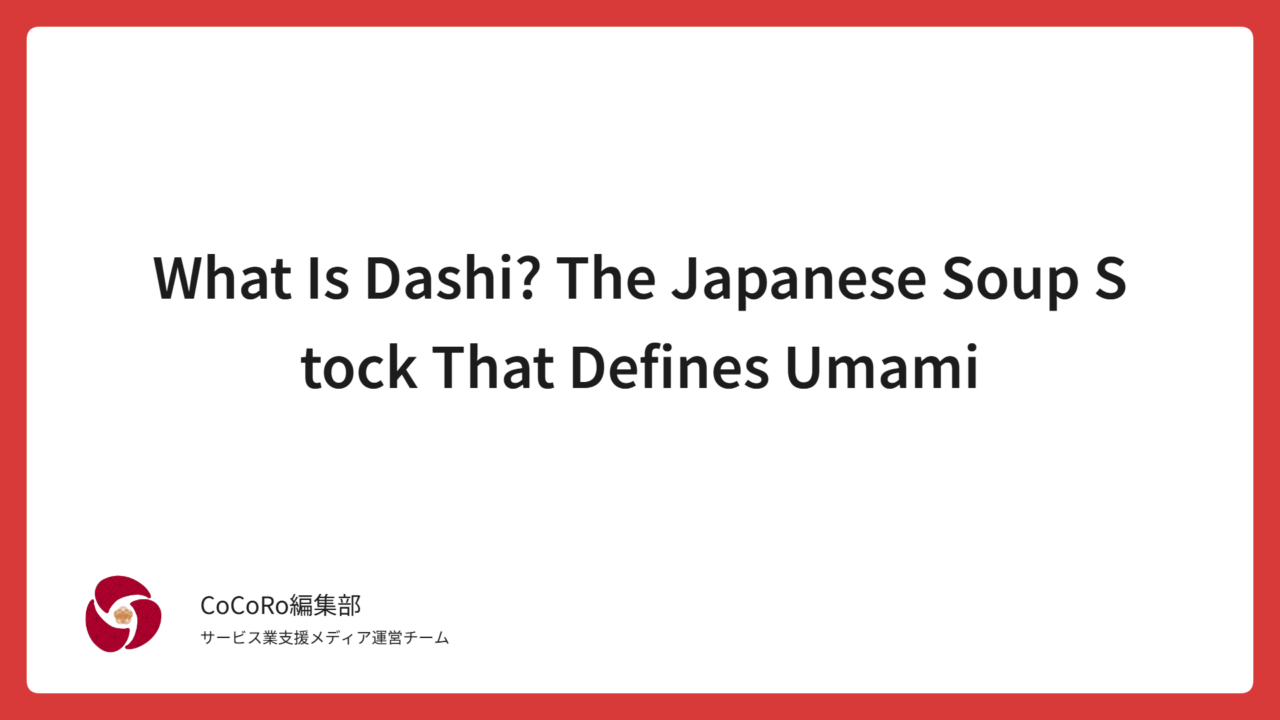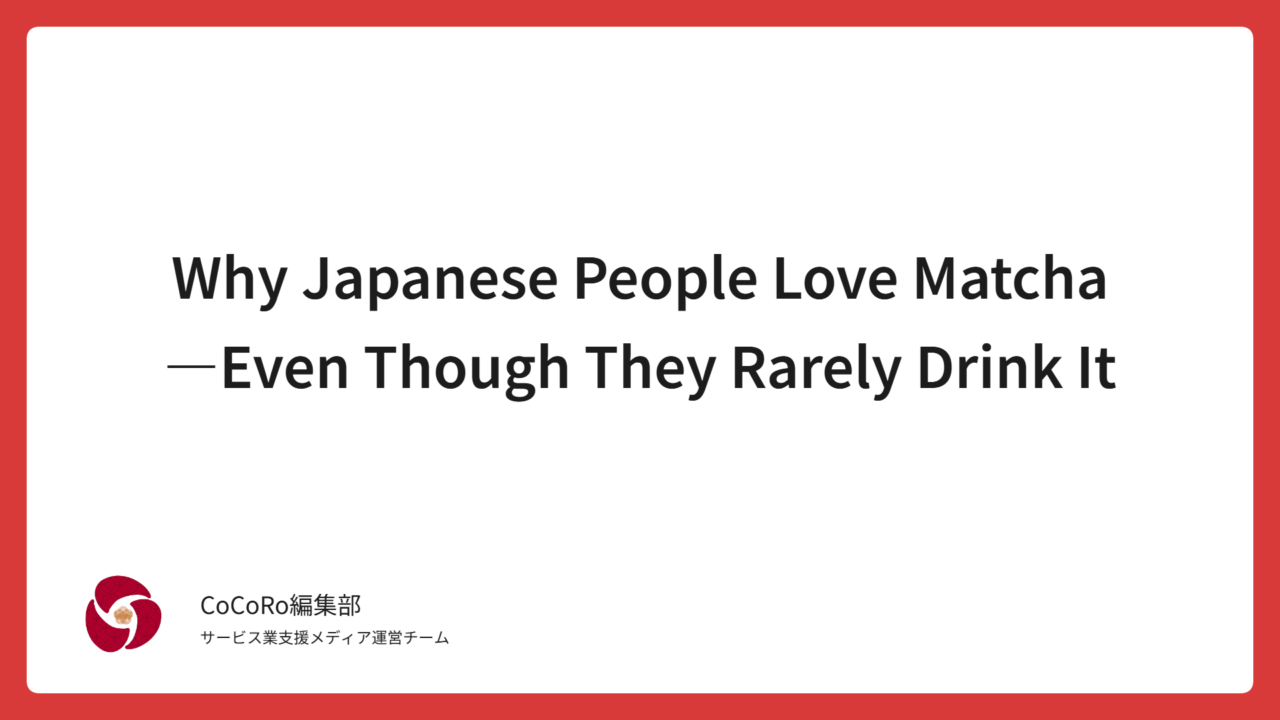

- What Is Bento? | A Portable Food Culture Rooted in Japanese Daily Life
- The Origin of Bento | The Wisdom Born from “Carrying and Eating”
- The History of Bento | From Dried Rice to Onigiri and the Modern Home-Packed Meal
- Types and Characteristics of Bento | Evolving Forms that Reflect Japanese Lifestyles
- The Cultural Role of Onigiri | The “Memory of the Hand” at the Heart of Bento
- Bento and Social Change | A Food Culture That Evolved with Japan’s Changing Work Styles
- The Aesthetics of Bento | The Japanese Sensibility Found in the Art of Arrangement
- The Global Popularity of Bento | A Symbol of Health and Minimalist Living
- Conclusion | What Bento Teaches Us About Living Each Day with Care
What Is Bento? | A Portable Food Culture Rooted in Japanese Daily Life
Bento is more than just a lunch — it is a cultural bridge that connects people.
Each box carries the care and intention of the person who made it, supporting the day of the one who eats it.
In Japan, this act is seen as an ordinary part of daily life, yet from a global perspective, it represents a uniquely rich and distinctive aspect of Japanese culture.
The Origin of Bento | The Wisdom Born from “Carrying and Eating”
The origin of bento dates back to the Heian period (794–1185).
At that time, the concept of a “bento box” did not yet exist. Instead, people carried dried rice, known as hoshii, wrapped in bamboo leaves or tree bark.
This portable food was valued during long journeys, farming, or hunting, serving as an early form of convenience food.
With just a little water or hot tea, it could be eaten instantly — a practical wisdom that can be seen as the ancestor of modern instant meals.
The History of Bento | From Dried Rice to Onigiri and the Modern Home-Packed Meal
The culture of dried rice eventually evolved into nigirimeshi, or onigiri — hand-shaped rice balls.
By the Kamakura period (1185–1333), salted rice balls wrapped in bamboo leaves had become common.
During the Sengoku period (1467–1615), warriors carried onigiri tied to their waists, a custom known as koshi-bento (“waist bento”).
Because they could be eaten without fire, these onigiri served as an essential and reliable source of energy on the battlefield.
From the Azuchi–Momoyama period (1573–1603) to the Edo period (1603–1868), bento evolved into a culinary expression of culture and aesthetics.
People began packing rice and side dishes into lacquered tiered boxes (jubako) to enjoy during cherry blossom viewings, tea gatherings, or theater intermissions.
This gave birth to the makunouchi bento, a style featuring a variety of small, beautifully arranged dishes — a form that became the prototype of today’s Japanese bento culture.
In the Meiji period (1868–1912), the rise of the railway system gave birth to the ekiben, or “station bento.”
These boxed meals, filled with local specialties, became a symbol of regional culture, allowing travelers to “taste” each destination along their journey.
At the same time, Japan’s industrialization brought a surge in factory labor, and the bento became established as a practical meal for workers.
The introduction of aluminum lunch boxes made bentos lightweight, durable, and hygienic — soon becoming a familiar sight among students and laborers, symbolizing diligence and progress in a modernizing Japan.
During the Shōwa era (1926–1989), the bento became firmly established as the taste of home.
Mothers’ lovingly prepared dishes — sweet rolled omelets, rice balls with pickled plums — sustained families through the day.
For many, these lunches represented not only nourishment but also symbols of affection, perseverance, and postwar hope that carried Japan through a time of rebuilding and growth.
Types and Characteristics of Bento | Evolving Forms that Reflect Japanese Lifestyles
There are many different types of bento in Japan.
From homemade lunches and station bentos (ekiben) to office lunches, character bentos (kyaraben), deli-style bentos, and convenience store bentos, their forms have evolved along with the times and people’s ways of living.
Homemade bentos are everyday meals prepared with a focus on family health and budget-conscious living.
They are carefully arranged with attention to color and nutritional balance, designed with thoughtful touches to remain delicious even after they’ve cooled.
Character bentos (kyaraben) emerged after the Heisei era (1989–2019) as a form of “visual bento culture.”
Designed with children and social media in mind, these creative lunches transformed the bento from a simple meal into a medium of personal expression and playfulness.
The Cultural Role of Onigiri | The “Memory of the Hand” at the Heart of Bento
When it comes to the symbol of the bento, nothing represents it better than the onigiri.
The simple act of shaping rice with one’s hands carries deep layers of care and ingenuity.
The warmth of the hands transfers to the rice, salt enhances preservation,
and the wrapping materials — bamboo skin, seaweed, or bamboo leaves — add aroma and breathability.
For the Japanese, the act of nigiru — “to hold and shape” — has always been more than cooking; it is a way of conveying emotion through the hands.
Mothers making onigiri for their children, wives preparing them for their husbands, or individuals crafting them as encouragement for themselves —
this culture of the hand transforms the bento from a mere meal into a symbol of memory and affection.
Bento and Social Change | A Food Culture That Evolved with Japan’s Changing Work Styles
The culture of bento has continuously evolved alongside Japan’s changing work styles.
In the agrarian era, the “nora-bento” (field bento) symbolized hard work under the open sky.
During the industrial age, the metal lunch box became an icon of factory labor.
And in the office era, the lunchtime bento served as a source of energy and comfort for countless workers.
In today’s era of remote work, a new style known as “ie-bento” — the home-packed lunch — has emerged.
With dining out becoming less frequent, bentos prepared and eaten at one’s own pace are gaining attention as a way to bring structure, comfort, and mindfulness into daily life.
In this way, the bento has continuously adapted to social change,
yet throughout every era, it has remained a meal that sustains those who work.
The Aesthetics of Bento | The Japanese Sensibility Found in the Art of Arrangement
One of the defining charms of the bento lies in its sense of order and visual harmony.
The placement of dividers, the balance of colors, the use of space —
these are not just matters of arrangement, but rather a ritual of mindfulness that brings inner balance.
The practice of arranging food according to the five traditional colors — white, yellow, green, red, and black —
reflects a distinctly Japanese wisdom that balances both nutrition and visual beauty.
Within the small world of a bento box lives a spirit that seeks harmony, balance, and aesthetic refinement.
The act of packing a bento itself brings a sense of psychological calm.
Lining up ingredients during the brief moments of a busy morning becomes a quiet ritual of self-alignment.
In this way, making a bento is not only cooking — it is a rhythmic practice that helps bring order and balance to everyday life.
The Global Popularity of Bento | A Symbol of Health and Minimalist Living
Today, the word “Bento” has become widely recognized around the world.
While it often carries the image of being healthy and well-balanced,
its global popularity is also rooted in practical, everyday reasons.
In the United States, the rise of “meal prep” culture — the practice of preparing meals in advance —
has made the bento popular as a tool for organized and mindful eating.
In Europe, its simple and compact design is admired as a reflection of Japanese aesthetics that promote harmony and mindfulness through food.
Conclusion | What Bento Teaches Us About Living Each Day with Care
Bento is more than just a meal — it is a philosophy of living.
To make it for someone with care, or to pack it gently for oneself,
these small acts embody the Japanese values of harmony, gratitude, and moderation that have long been cherished in everyday life.
Further Reading
The Evolution of the Japanese Bento Box | Tradition Meets Innovation






